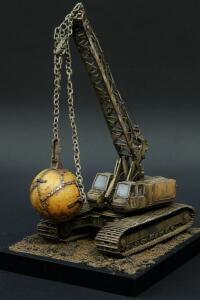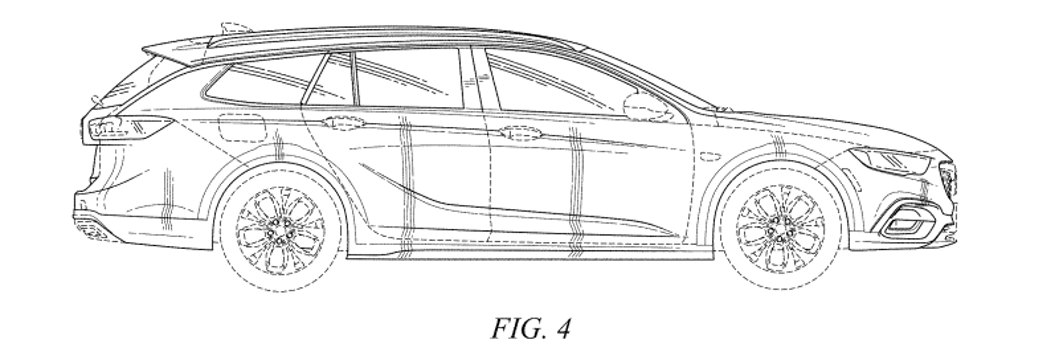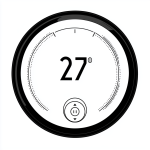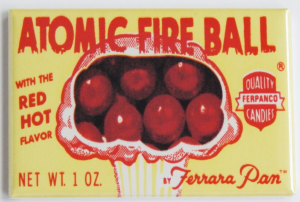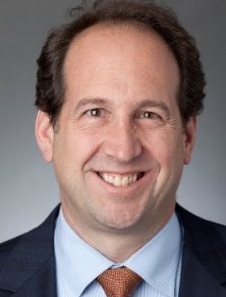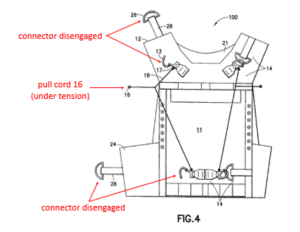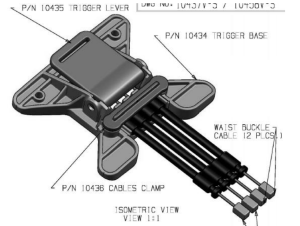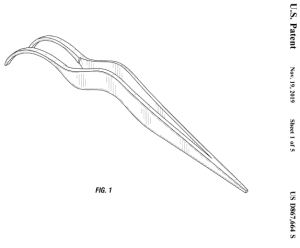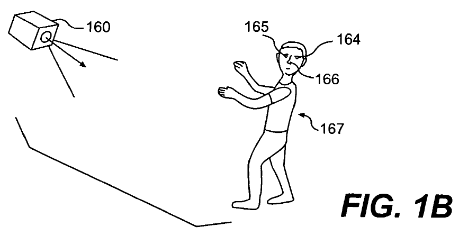Guest post by Professors Jonathan S. Masur (Chicago Law) and Lisa Larrimore Ouellette (Stanford Law).
This blog recently covered the Federal Circuit’s important decision in In re Entresto (Novartis Pharmaceuticals v. Torrent Pharma), 125 F.4th 1090 (Fed. Cir. 2025), which upheld patent claims even though they covered after-arising technology that was not described or enabled in the specification. As Dennis noted, the Federal Circuit appeared to depart from well-established prior law on the subject. But as we explain in our forthcoming article, Disclosure Puzzles in Patent Law, we believe the court should move the law further still from where it stands—and it should correct some of its reasoning along the way.
To review, In re Entresto involved a patent that claimed a pharmaceutical composition of two hypertension drugs, valsartan and sacubitril, “in combination.” When the patent was filed, the only known method of combining these chemicals was in a physical mixture. That is the only combination method disclosed in the specification. In the intervening years, however, scientists have discovered a means of combining the two chemicals in a “complex,” an arrangement in which they are connected by weak chemical bonds. This is the method used to make the accused infringing drug. The patent owner argued successfully that the claim language (“in combination”) was broad enough to cover this mode of combination. But the fact that the use of a complex was after-arising technology—and thus the specification said nothing about it—raised written description and enablement issues.
The Federal Circuit upheld the patent against both challenges for basically the same reason: that the specification demonstrated that the patentee possessed and enabled the full scope of the claims at the time the patent application was filed. In other words, the patent claimed the two chemicals “in combination,” and the specification had indeed described and enabled the two chemicals “in combination.” But the court’s reasoning was peculiar. The court asserted that the after-arising technology—the combination of the two chemicals into a complex—“is not what is claimed.” To argue otherwise, the Federal Circuit declared, would be to “erroneously conflate[] the distinct issues of patentability and infringement.” (more…)
